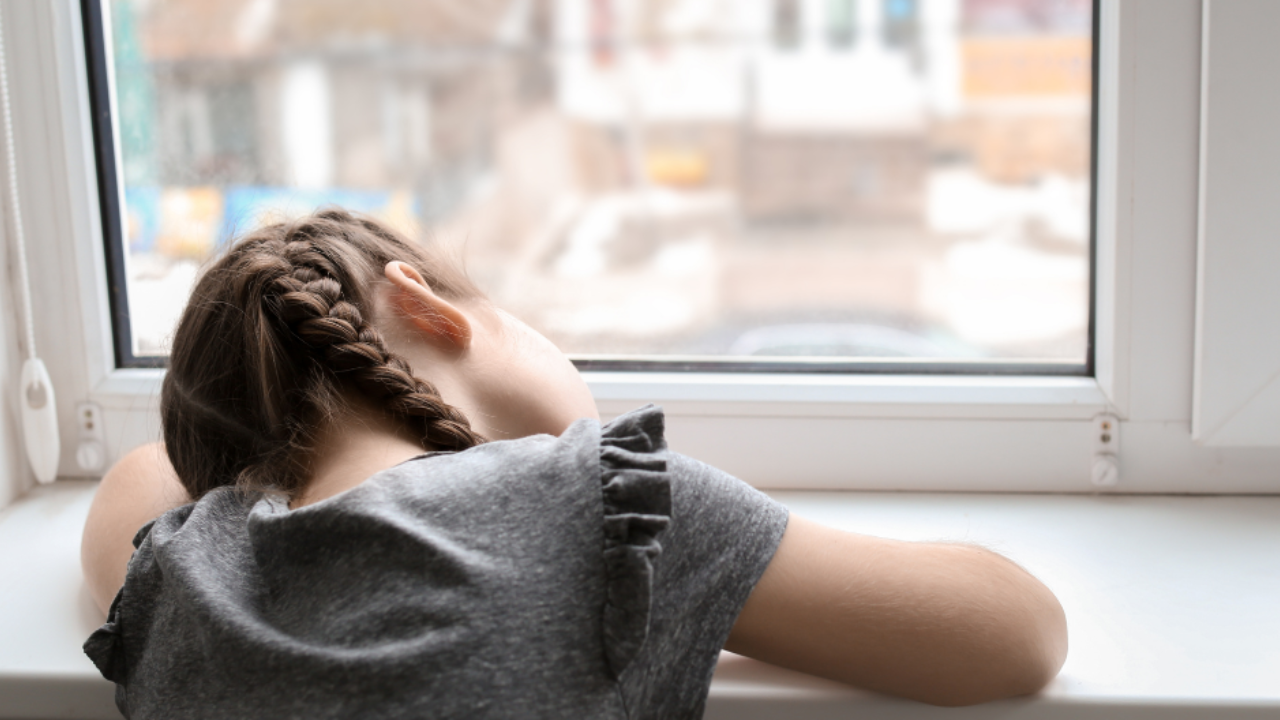How to Identify & Prevent Child Abuse & Neglect

Child abuse and neglect are complex issues that can have long-lasting effects on both individuals and society as a whole.
Although it is often the responsibility of families and social services to address these problems, medical practitioners, first responders, Enneagram coaches, faith leaders, educators, and athletic coaches can play a crucial role in preventing and addressing child abuse and neglect. As a gatekeeper, you are often the first person a child will speak to before they see a therapist.
GATEKEEPERS—You play a crucial role in helping child victims receive the best trauma-informed therapy and support.
By working together, we can create safe and supportive environments for children, provide resources and education to parents, and promote awareness and advocacy for children's rights globally.
It begins with education.
Child neglect is a serious issue that often goes unaddressed or unnoticed. Generally, child abuse and neglect refer to any form of harm or mistreatment of a child under the age of 18 by a parent, caregiver, or any other adult. It can take various forms, such as physical abuse, emotional abuse, sexual abuse, and neglect. You can learn to identify the signs of neglect and take action to get the child the help they need.
What is Neglect?
Neglect is failing to provide for a child's basic needs, such as food, shelter, clothing, medical care, or supervision. Gatekeepers need to recognize the signs and symptoms of neglect and take action to prevent it. As a Gatekeeper, this information can also guide you to help your coaching client, parishioner, and patient identify if they were neglected as a child and what impact that might still have on them in adulthood. Often, unresolved childhood abuse continues to haunt the adult, holding them back in their interpersonal and work relationships.
Does child neglect happen?
Neglect of a child can be challenging to detect, as it often involves a lack of action rather than a specific behavior. In September 2022, the World Health Organization reported that over 40 million children under 15 are subjected to some form of abuse each year. According to the National Children's Alliance in the United States alone, child neglect is the most common form of abuse. 76% of victims are neglected, 16% are physically abused, 10% are sexually abused, and 0.2% are sex trafficked.
We have many hurting children who carry pain into adulthood if they are not allowed to heal. However, some common signs and symptoms of child neglect may indicate that a child is not receiving proper care and attention.
Signs a child might be neglected:
- Poor hygiene and appearance, such as dirty or disheveled clothing, body odor, or untreated health problems
- Malnourishment or hunger, including a noticeable lack of food in the home or signs of hunger in the child
- Frequent absences from school or other activities or an inability to participate in extracurricular activities
- Lack of adequate supervision, such as leaving a child alone or with inadequate supervision for extended periods
- Unsafe or unsanitary living conditions, such as inadequate heating, cooling, or sanitation
The Impact of Neglect on a Child
Neglect can significantly impact a child's physical, emotional, and social development and have long-lasting effects on adulthood. When children do not receive the care and attention they need from their caregivers, they may experience a range of adverse outcomes, including:
- Physical health problems, including malnutrition, poor hygiene, and untreated medical conditions
- Impaired cognitive development, including delays in language, problem-solving, and academic achievement
- Emotional and behavioral problems, such as depression, anxiety, and difficulty forming relationships with others
- Increased risk of substance abuse, delinquency, and other high-risk behaviors
- Poor self-esteem and a negative self-image
Bill's Story of Neglect
I remember working with a client, a man in his mid-forties, whom I'll call Bill. He was an entrepreneur who had successfully built his business. Bill and his wife began marital therapy after their third child. Bill shared he felt highly anxious about leaving the house and would come home early. After doing this for several months, he discussed with his wife the possibility of selling the company so that he could be home more often.
We discovered the driving force behind Bill's anxiety was unnamed neglect in childhood, causing him to fear his children would not be cared for. Although Bill was vocal about his wife's ability to nurture and care for the children, his anxiety was still high.
Bill shared many examples of neglect during therapy. The unresolved trauma created fear and anxiety so prominent in his life that he was willing to sell his company. One example Bill shared was from 7 to 16 years old, his older sister got him up every morning. They would get dressed, eat, check on his mom (she was passed out from drinking the night before), and say goodbye before they made their way down the street to the bus stop.
As you can see from Bill's story, neglect has a significant impact, with negative consequences compounding over time. Bill's mother did not receive treatment for her alcoholism until Bill was 16 years old.
It was important to that I be able to identify the signs of neglect. Gatekeepers must recognize the signs and symptoms of neglect and take action to prevent and address it. By providing children with safe, stable, and nurturing environments, we can help mitigate the negative impact of neglect and support their healthy growth and development.
SNAG YOUR COPY
of the Connect 5 Tool
Your trauma-informed assessment in a handy PDF.
We hate SPAM. We will never sell your information, for any reason.

